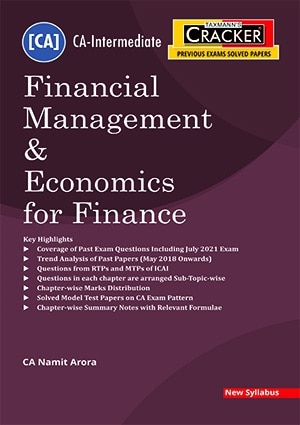Description
This book is not just meant for business managers and entrepreneurs. It seeks to enhance general awareness about tax avoidance and sensitise perceptive readers about the scourge of tax avoidance. On a macro level, tax avoidance is an issue of equity and justice.
The decade between 2009 and 2018 has seen heightened awareness about the evils of tax avoidance, both internationally and in India. This decade has also seen structural changes in jurisprudence and practice of taxation. Before 2009, three terms encompassed all strategies that can be used to reduce tax incidence: Tax planning, tax avoidance, and tax evasion. Tax academics have made a living by debating over what constitutes planning, avoidance, and evasion.
The general consensus before 2009 was that tax evasion was illegal and tax avoidance was legal. Attempts to avoid tax liability by violating the tax laws constituted tax evasion. Attempts to avoid tax liability by circumventing the tax laws constituted tax avoidance. For instance, a firm books bogus and fictitious expenses in its accounts and claims deduction on the bogus expenses: This constitutes tax evasion. But if the same firm makes excessive payments to a tax-exempt unit and claims deduction on the excessive payments, then the activity constitutes tax avoidance.
The difference between tax planning and tax avoidance, an academic would argue, was not as clear as the difference between tax avoidance and tax evasion. There was a grey area between tax planning and tax avoidance. The boundary between planning and avoidance was hazy. What was tax planning for one person was tax avoidance for another person. A Tax Terrorist would see the glass as half full. A Wily Lawyer would see the glass as half empty.
Owing to the thin dividing line between tax planning and tax avoidance, tax avoidance often did not face much retribution. The higher courts had ruled that taxmen can discount a taxpayer’s claim if they find that the transaction is a sham transaction. The courts had also given taxmen the power to pierce a corporate veil if a taxpayer uses colourable devices to escape taxation, or uses dubious methods and subterfuges. The principles of placing substance over form are often called Judicial Anti Abuse Rules (JAAR). But there was no corresponding statutory provision under the income tax law to back up the principles laid down by higher courts in specific cases. Taxmen used to derive power from the decisions of higher courts on ‘substance over form’ principle to act against tax avoidance.
Details :
- Publisher : Commercial Law Publishers (India) Pvt. Ltd.
- Author : Samarak Swain
- Edition : 3rd Edition 2021
- ISBN-13 : 9789391005320
- ISBN-10 : 9789391005320
- Binding: Hardback
- Language : English






Reviews
There are no reviews yet.